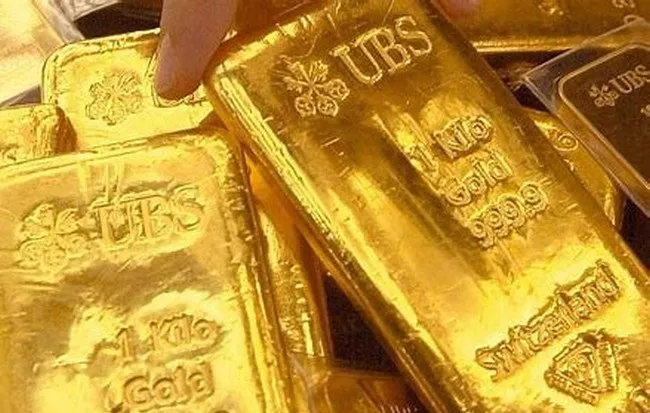On Wednesday, gold prices (XAU/USD) surged close to their all-time highs, trading just under $2,530 per ounce. This significant movement in the precious metal comes as investors grapple with potential Federal Reserve (Fed) policy changes and ongoing currency fluctuations. The Federal Reserve’s upcoming September 17-18 meeting, where a key decision on interest rates will be made, remains central to the market’s expectations.
Federal Reserve Rate Cut Speculations
The precious metal’s rise is largely attributed to speculation regarding the Fed’s interest rate decisions. While a 25 basis points (bps) reduction is anticipated, some market observers believe that a more substantial cut of 50 bps could be in the offing. A larger cut would enhance gold’s appeal as it does not yield interest, making it more attractive relative to interest-bearing assets.
Despite this, Friday’s mixed NonFarm Payrolls report has done little to clarify the Fed’s stance. Analysts are closely watching the August Consumer Price Index (CPI) data, which typically influences Fed expectations. However, opinions vary on its potential impact this time around. Ulrich Leuchtmann, FX Analyst at Commerzbank, suggests that the CPI figure has become less critical as inflation rates have subsided. “The CPI figure is no longer as overwhelmingly important as it was a few months ago,” Leuchtmann noted. He pointed out that recent core consumer price inflation has been a modest 1.6% annualized, significantly below the Fed’s target levels.
Conversely, Elias Haddad, Senior Markets Strategist at Brown Brothers Harriman (BBH), contends that higher-than-expected inflation in August could diminish the likelihood of a significant rate cut and strengthen the US Dollar (USD). Haddad’s perspective highlights the ongoing debate over the Fed’s future actions and their implications for various assets, including gold.
The Influence of Crude Oil Prices and Geopolitical Tensions
Another factor contributing to gold’s ascent is the recent decline in crude oil prices. Deutsche Bank’s Jim Reid pointed out that falling oil prices, now trading in the mid-$60s per barrel, are alleviating some inflationary pressures. “From the Fed’s perspective, one trend that’s helping to remove inflationary pressures has been the sharp decline in oil prices over recent weeks,” Reid explained in his “Early Morning Reid” report.
Gold’s performance is also being buoyed by a weaker US Dollar, with which it has an inverse relationship. The Greenback has been pressured by recent political events, including the presidential debate between former President Donald Trump and Vice President Kamala Harris. Analysts observed that Harris was perceived to have performed better in the debate, leading to a market reaction that discounted Trump’s policies designed to maintain the Dollar’s global reserve status.
While Trump’s policies aimed at penalizing non-compliant countries with tariffs could have strengthened the Dollar, his known preference for a weaker Dollar to benefit US exports introduces a counterbalancing effect.
Geopolitical tensions further complicate the economic landscape. The ongoing conflict between Israel and Gaza, including recent attacks on civilian areas and stalled ceasefire efforts, has drawn international condemnation. Similarly, heightened tensions from a Ukrainian drone attack on Moscow may be contributing to increased safe-haven demand for gold.
Technical Analysis: Gold’s Market Position
Gold continues to approach the top of its recent trading range, nearing the all-time high of $2,531 per ounce. A breakout above this level would extend the uptrend and solidify the bullish outlook for the precious metal. Currently, gold is trading within a range between the $2,480s and the record high of $2,531, with the potential for further gains if the upward trend persists.
The longer-term trend for gold remains bullish, supported by the ongoing market dynamics. The metal’s bullish target of $2,550, established following the breakout from the July-August range on August 14, remains a key focus. Assuming the uptrend continues, this target is likely to be reached.
A sustained move above the August 20 high of $2,531 would further validate the bullish trend and potentially drive prices toward the $2,550 target. However, a close below $2,460 could shift the market sentiment, questioning the bullish bias and suggesting potential adjustments to the forecast.
In conclusion, gold’s current rally toward historical highs reflects a complex interplay of Federal Reserve policy expectations, currency fluctuations, and geopolitical developments. As investors navigate these variables, gold remains a focal point for those seeking to understand the implications of broader economic trends on precious metal prices.

